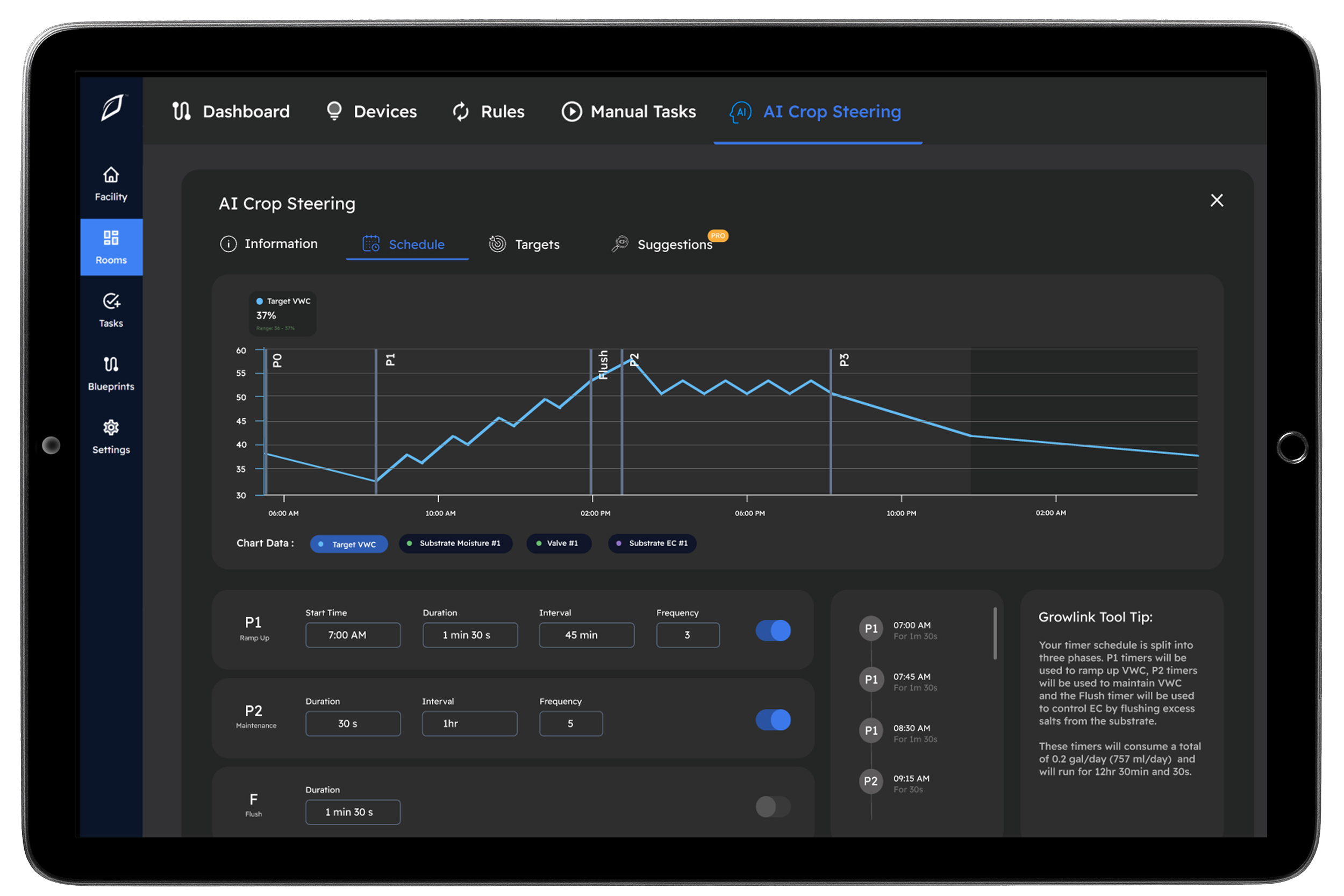
Mastering Crop Steering: A Comprehensive Guide to Optimize Plant Growth
Are you looking to increase the productivity and yields of your crops? Look no further! Crop steering is the key to unlocking your plants' full potential. This comprehensive guide will provide you with the latest insights and techniques to help you rank highest in the world of crop steering.
What is Crop Steering?
Crop steering is a management strategy that involves manipulating plant growth and development to optimize yield and quality. By understanding and controlling various factors such as irrigation, fertigation, and climate control, growers can steer their plants toward desired outcomes.
Understanding Plant Growth Stages
To effectively implement crop steering, it's crucial to understand the different growth stages of plants:
Vegetative stage
Transition stage
Flowering/fruiting stage
Ripening stage
Crop Steering Techniques
-
Irrigation plays a significant role in crop steering. By controlling the water supply, growers can influence the plant's growth and stress levels. There are two main approaches to irrigation management:
Dry-back strategy: Promotes root growth and improves nutrient uptake.
Continuous moisture: Encourages vegetative growth and overall plant health.
-
Fertigation management involves adjusting the nutrient solution provided to plants. By altering the nutrient ratios and quantities, growers can steer plants towards desired outcomes. Here are some tips for effective fertigation management:
Increase nitrogen (N) during vegetative growth.
Reduce nitrogen and increase potassium (K) during the flowering/fruiting stage.
Monitor and adjust pH and electrical conductivity (EC) levels.
-
Climate control is crucial for successful crop steering. Growers can manipulate temperature, humidity, and light intensity to affect plant growth and development. Some climate control strategies include:
Increasing day/night temperature differences to encourage flowering.
Manipulating humidity levels to reduce disease pressure.
Adjusting light intensity and duration to influence growth rates.
Growlink Crop Steering 2.0
Monitoring and Adjusting Crop Steering Strategies
Regular monitoring and adjustments are vital for successful crop steering. Growers should keep a close eye on plant health, growth, and development to ensure optimal results. This can involve:
Tracking environmental data (temperature, humidity, light).
Measuring plant performance (leaf area, stem thickness, fruit size).
Adjusting crop steering strategies based on observed outcomes.


